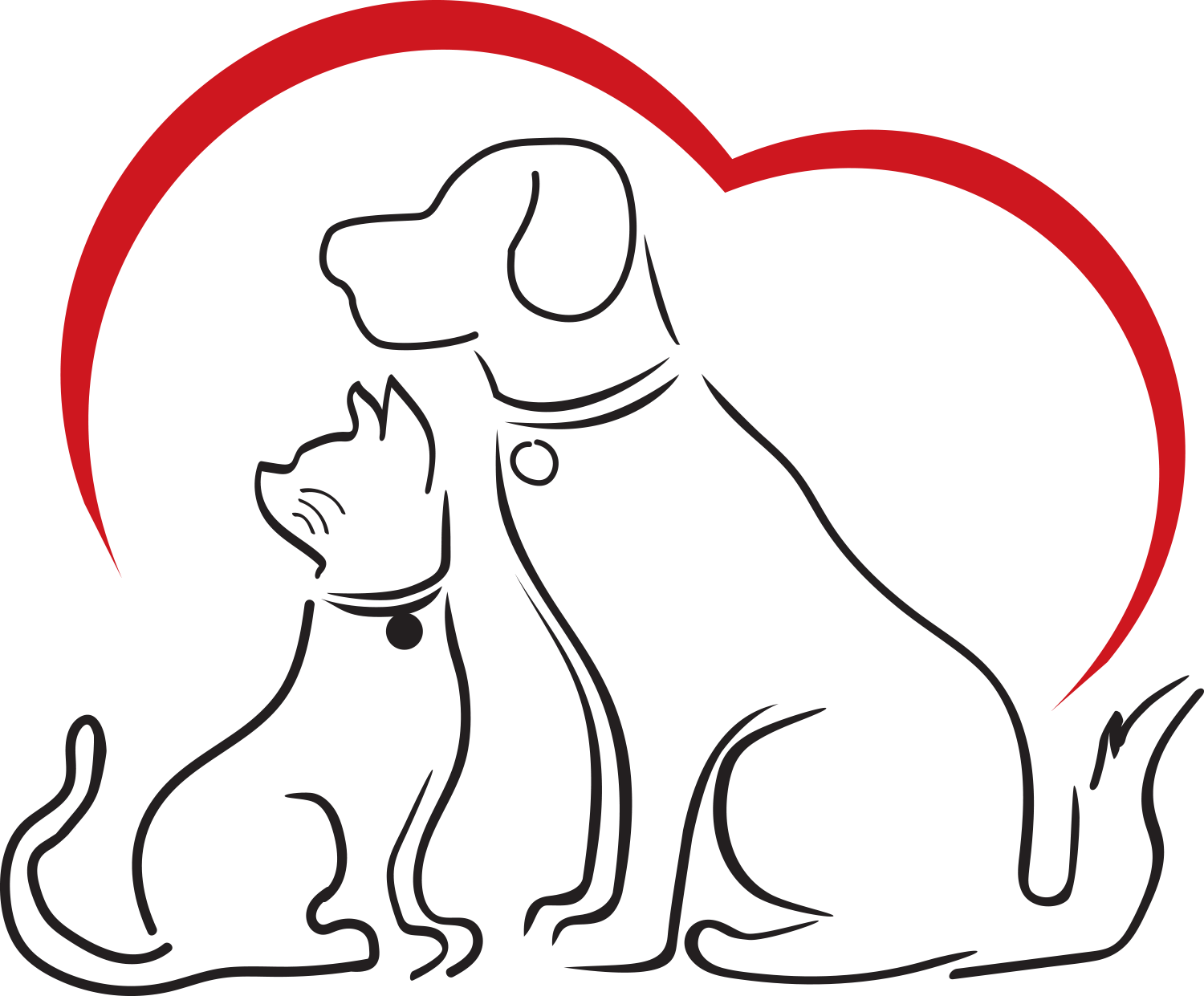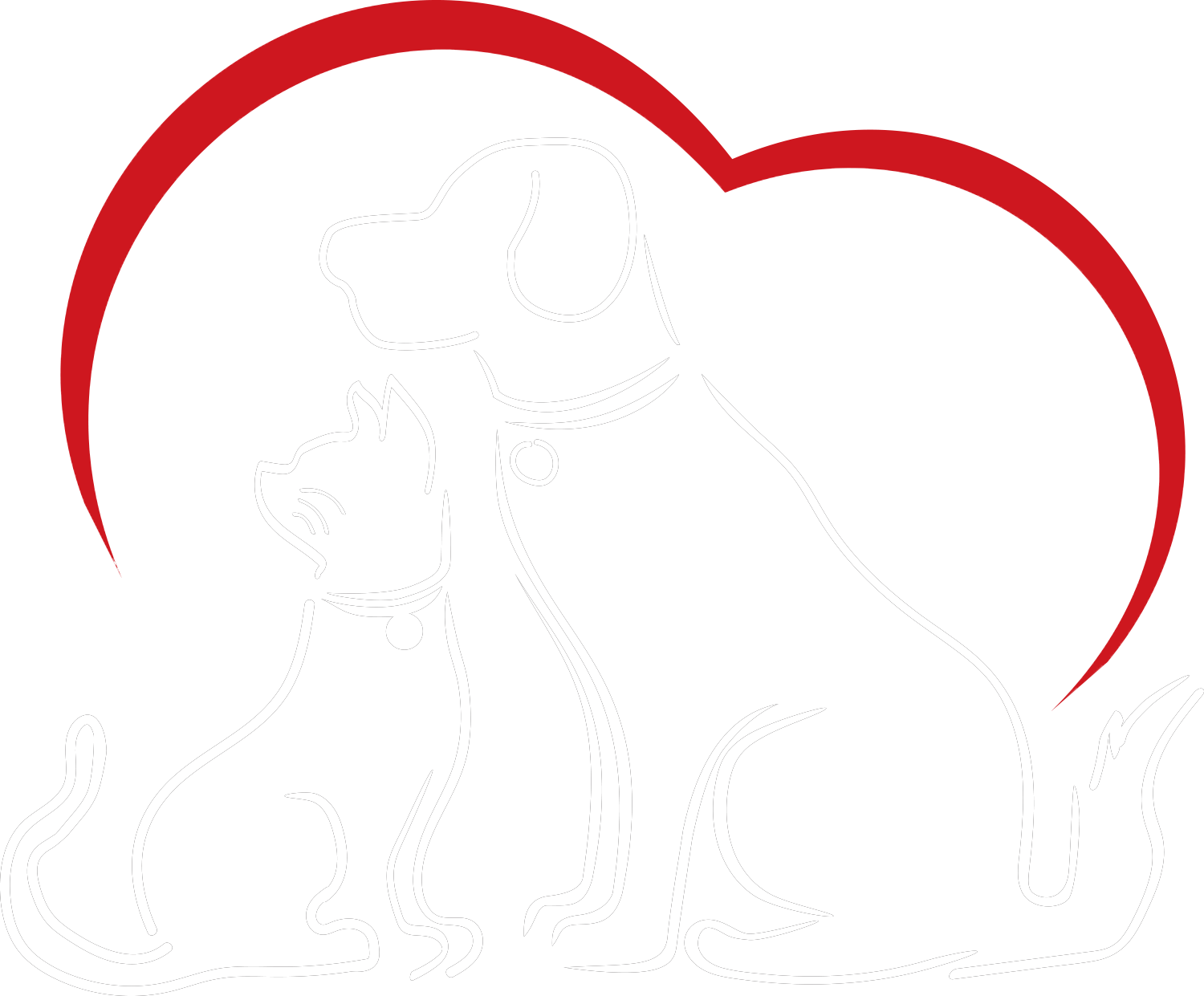If there was something you could do to help your pet live longer, would you? What about helping them maintain a healthy body weight?
Pets that carry extra weight can face many medical conditions including:
- Painful and immobilizing joint disease and back problems
- High blood pressure contributing to stroke-like disease
- Heart disease
- Diabetes
- Respiratory problems and difficulty breathing
- Certain cancers
- Gastrointestinal issues
- Kidney and liver disease
- Decreased immune function
- Skin issues
By helping your pet stay at a healthy weight or get back to an ideal body condition, you’ll be giving them a better quality of life, less risk for certain diseases, and a better chance of living longer.
How do I know if my pet is overweight or just right?
Take a moment to do this quick check:
- You should be able to feel your pet’s ribs (with minimal fat covering) if you run your fingers across the sides of your pet’s abdomen.
- Looking from the side of a dog, you should also be able to see a “tuck-in” or upward slope from your pet’s chest toward the hind end on dogs.
- From the top view, your dog or cat should have a visible waist behind the ribs.
- If you can see your pet’s ribs or the waist is very prominent, however, then your pet may be too thin.
Body condition score (or BCS) is another way we determine your pet’s ideal size and shape. We assign a score of 1 to 9, with 1 being too thin and 9 being obese. The ideal score is in the middle, at a 4 or 5.
Check out these charts from the World Small Animal Veterinary Association that show ideal body condition for healthy dogs and cats. Ideal weight varies, even among similarly sized dogs or cats. When you bring your pet in for a visit, we’ll show you how to gauge your pet’s weight and BCS.
Could my pet just have an underactive thyroid or some other medical condition?
It’s certainly possible, which is why Dr. Zak will examine your pet to rule out any medical causes that could be contributing to weight gain. However, most pets that are overweight have simply been eating more calories than they’ve burned.
How do I know if I’m feeding my pet too much?
Every pet is different, so it can be tricky to figure out how much is too much when it comes to feeding your dog or cat. And every little bite—and treat—counts.
For instance, for a dog:
- One slice of cheddar cheese is like a person eating a single doughnut.
- One large rawhide bone could be equal to a person eating about seven doughnuts.
For a cat:
- Around 1/5 of a can of tuna is like a person eating a single doughnut.
- One slice of deli ham is equivalent to a person eating 12 doughnuts.
If your pet is carrying extra weight, we can work with you to create a personalized weight maintenance plan to help get your pet back in shape. We can also give you advice on helping to keep your pet feeling full while working off those pounds.
What is involved in a weight loss plan?
Our expert nutrition team will provide dietary recommendations based on your pet’s specific needs. This will include what to feed, how much to feed and when to have your pet reassessed.
Prescription weight loss diets are often recommended because they have less calories and increased amounts of quality protein and micronutrients (vitamins and minerals) that will help your pet lose weight safely. These diets effectively reduce pets’ hunger by increasing protein and fiber, two nutrients that make them feel ‘full’. Some prescription weight loss diets are also designed to stimulate your pet’s metabolism to burn calories faster. That said, simply decreasing the amount you feed your pet using their regular food is not sustainable for long term weight loss goals and puts your pet at risk for nutrient deficiency and hunger.
Monitoring your pet closely during a weight loss program is critical to ensure success. It’s easy to fall into old habits that can quickly derail any successes your pet has had. Regular weigh-ins will help us identify any weight loss plateaus and whether we need to adjust your pet’s nutrition and weight loss plan.
And if you have concerns about whether your pets will like these “new” diets: all veterinary diets have high palatability (most pets like them). Ask us about our palatability guarantee.
Call or schedule an appointment today to start your pet on a healthier path.

